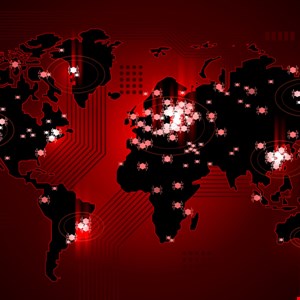Akira Ransomware Alert! Kaspersky Reveals Global Impact on Windows and Linux

Ransomware, Stealers and Fake Updates – Inside the Evolving Cybercrime Landscape
The online dangers we face are always changing, with cybercriminals coming up with new ways to harm people on the internet. Experts at Kaspersky keep an eye on these threats and study them to help everyone stay safe.
Fake Browser Updates Hide Trojans
One threat uncovered by Kaspersky GReAT researchers is the cunning FakeSG campaign. Legitimate websites are compromised to display fake browser update alerts. Clicking these prompts a file download that seems to update the browser but actually runs hidden malicious scripts. These establish persistence and expose command infrastructure revealing the operation’s sophistication.
Cross-Platform Ransomware Wreaking Havoc
Akira ransomware is the latest threat able to infect both Windows and Linux systems. Within months over 60 organizations globally were impacted, including in retail, manufacturing and education. Akira shares code similarities with Conti ransomware but has an old-school command panel design making analysis trickier. Its cross-platform adaptability shows the broad reach of modern ransomware.
MacOS Malware Joining the Fray
The AMOS information stealer surfaced in April 2023, was sold via Telegram and was initially written in Go before shifting to C code. By deploying malvertising on phishing sites spoofing popular Mac apps, AMOS can infiltrate Apple systems and exfiltrate sensitive user data. This reflects a wider trend of Mac-focused malware moving beyond traditional Windows targets.
Staying Safe in an Evolving Landscape
With cybercriminals rapidly innovating their tools and tactics, end users must be proactive about security. Maintaining device software…


